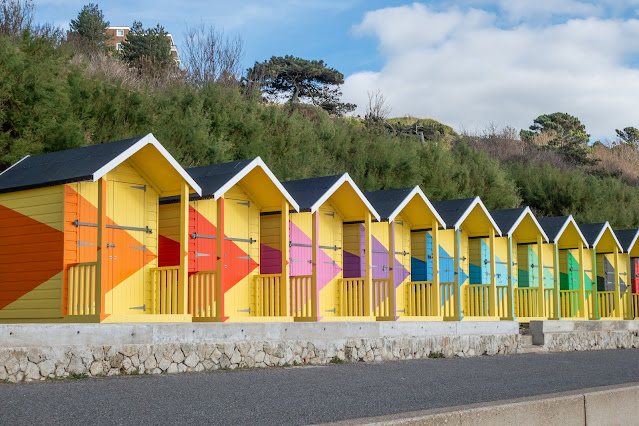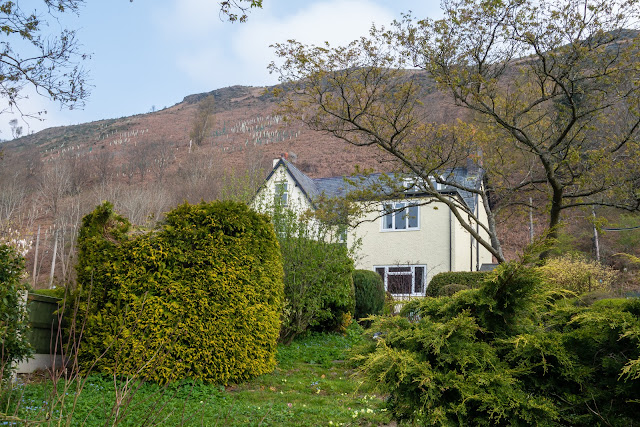Colchester - A walk around some landmarks

Colchester was the first capital of Roman Britain Although it was burned in 60ce during the rising of the British queen Boudicca, Colchester soon became one of the chief towns in Roman Britain, and surviving relics of that period include walls and gateways. A wander around some of these parts today, allowed me to get a few images which I have included here. Although I have been to Colchester many times over the years, for some reason I have taken very few images - today I will start to redress that. The Balkern gateway In the Roman period the wall had six gates located at regular intervals. Of these only two survive above ground today: Balkerne Gate and Duncan’s Gate. The Balkerne Gate was the original main entrance to Colchester. It was upgraded to a Triumphal Arch celebrating the conquest of Britannia by the Roman Emperor Claudius. The remains of a Roman Guardroom can be found next to the Balkerne Gate. Originally, it would have been the gate for the main road leading towards London....


